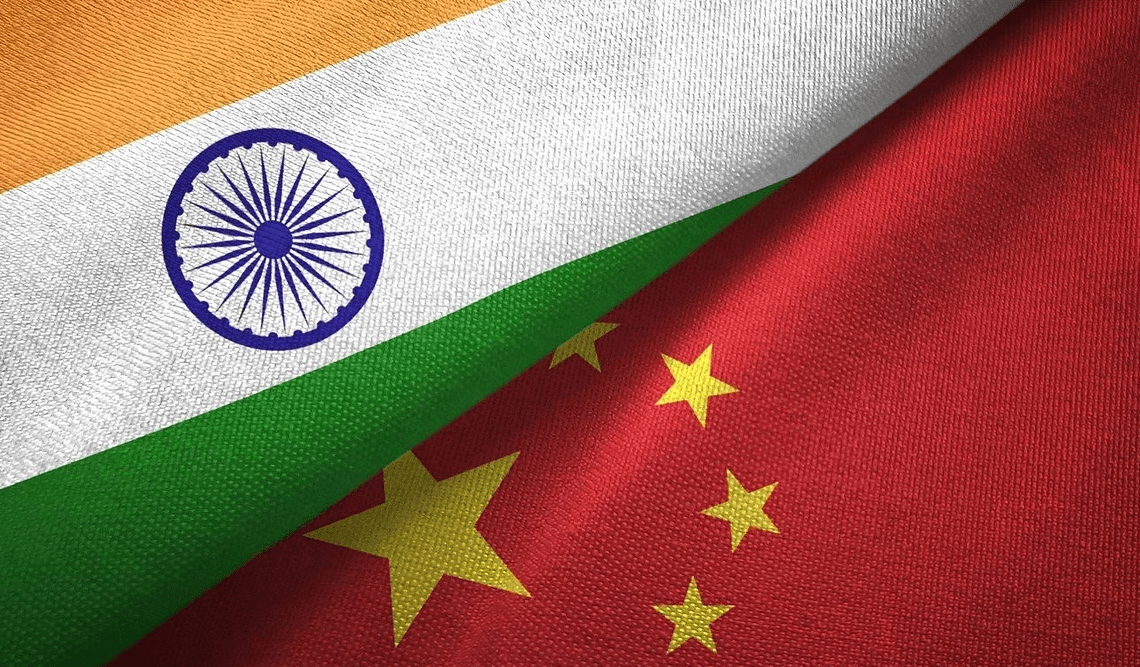On Monday, the head of a government policy think tank stated that India’s trade strategy risks lagging in global markets.
To avoid this, India needs to increase its exports to China and reduce import tariffs on raw materials.
B.V.R. Subrahmanyam, CEO of NITI Aayog, a government policy think tank, stated at the release of the quarterly Trade Watch report that engagement with China is crucial for boosting India’s manufacturing exports, especially as Asia is expected to lead global growth.
Subrahmanyam was quoted as saying in a Reuters report:
If you don’t focus on Asia, if you are not able to sell much to China, it is pointless because it’s a $15 trillion economy. You can’t avoid that economy.
He was speaking at a press briefing, highlighting China’s pivotal contribution to India’s exports.
Prime Minister Narendra Modi’s government is actively pursuing a strategy to diversify India’s export markets and reduce manufacturing costs.
Impact of US tariffs and diversification
This initiative comes in the wake of significant trade tensions with the United States.
Specifically, US President Donald Trump implemented a substantial increase in tariffs on Indian goods, doubling them to as much as 50%, effective August 27.
This move was a direct response to India’s continued purchases of Russian oil, a point of contention for the US administration.
The new tariffs have created a pressing need for India to explore new international markets for its products and to enhance the competitiveness of its domestic manufacturing sector by lowering production expenses.
This strategic shift aims to mitigate the economic impact of the increased tariffs and strengthen India’s position in the global trade landscape.
Trade dynamics with China
In 2024, India experienced a notable shift in its trade relationship with China, characterized by a decrease in exports and a substantial increase in imports.
Indian exports to China declined by 7%, reaching a total of $15.1 billion.
This reduction suggests a potential cooling of demand for Indian goods in the Chinese market or perhaps a diversification of India’s export destinations.
Conversely, Indian imports from China saw a significant surge, rising by 10% to an impressive $109.4 billion.
This increase was primarily driven by higher shipments of critical items, including electronic goods and chemicals.
The growing reliance on Chinese electronic goods highlights China’s dominant position in the global technology supply chain, while the rise in chemical imports could indicate increasing industrial activity in India or a lack of domestic production capacity for certain chemical products.
In 2024, India’s exports in the leather and footwear sectors reached $5.5 billion, representing a mere 1.8% of the global trade valued at $296.5 billion, a performance highlighted as weak in the report released on Monday.
The non-leather footwear market, currently valued at approximately $110 billion globally, presents significant untapped potential.
According to the report, India imposes a 10% tariff on crucial footwear inputs.
In contrast, Vietnam and Italy apply nearly zero rates. The report suggests that reducing these tariffs would enhance competitiveness.
Lead author Pravakar Sahoo noted that Vietnam’s lower duties provide its producers with a cost advantage, despite a similar reliance on China for sourcing.
He added that high tariffs on plastics and vulcanized rubber sheets reduce the competitiveness of Indian products.
The post India’s trade strategy at risk: NITI Aayog calls for increased China exports appeared first on Invezz







